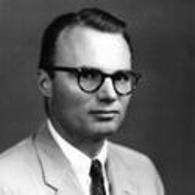Press release from the National Research Council (NRC) of Canada:
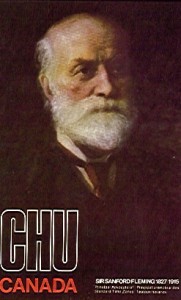
1980s QSL card from radio station CHU depicting Sir Sanford Fleming, father of uniform time zones.
Time to change your shortwave radio dial
After seventy years of broadcasting Canada’s official time, NRC’s shortwave station CHU will move the transmission frequency for the 7335 KHz transmitter to 7850 KHz. The change goes into effect on 01 January 2009 at 00:00 UTC.
CHU is a part of NRC’s system for disseminating official time throughout Canada, broadcasting 24 hours a day from a location approximately 15 km south-west of downtown Ottawa. Listeners hear tones to mark the seconds, voice to announce the time in French and English, and digital data to set computers.
The atomic clocks at CHU are part of the ensemble of clocks in the time and frequency research laboratories in Ottawa, at the National Research Council Canada. The NRC clocks are used in conjunction with clocks in the time laboratories of other countries to construct the internationally accepted scale of time, UTC (Coordinated Universal Time), which is now the reference for official time used by all countries. UTC is the modern implementation of Greenwich Mean Time.
“Coincidentally, this frequency change comes at a time when NRC is investing resources to refurbish the aging transmitters at CHU in order to provide clear, dependable shortwave services as part of NRC’s mandate to disseminate time to all Canadians.” said Raymond Pelletier, Technical Officer at the NRC-Institute for National Measurement Standards, who oversees the CHU facility. “The shortwave time service is especially beneficial for those in remote locations where there is limited access to internet and telephone communication. CHU also provides a back up against failure of other services.”
In April 2007, the International Telecommunications Union re-allocated the 7300-7350 KHz band from a fixed service to a broadcasting service. Since then, interference on the 7335 KHz frequency has come from many information broadcasters around the world.
CHU listeners in Canada and around the world who have for so long considered the 7335 KHz frequency exclusively for time signals, are very vocal about this interference. We have heard from amateur radio operators, watchmakers, astronomers, and navigators who use the tones and voice signals. As well, comments were received from those who use the carrier as a calibration source at a distance for their equipment.
To give notice to users, CHU will broadcast an announcement in both English and French. More information
about CHU can be found at:
http://inms-ienm.nrc-cnrc.gc.ca/time_services/shortwave_broadcasts_e.html
Comments about the CHU change can be sent by e-mail to [email protected].

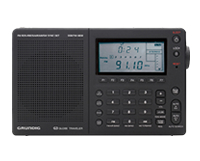
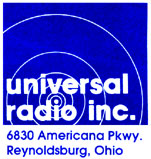
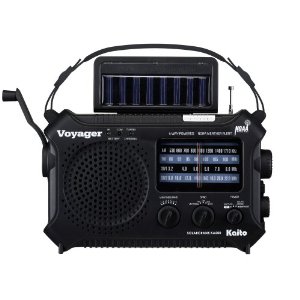
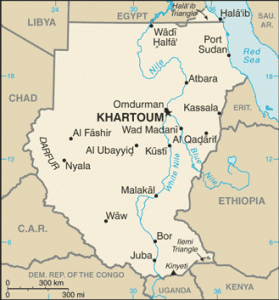 This week’s
This week’s 
